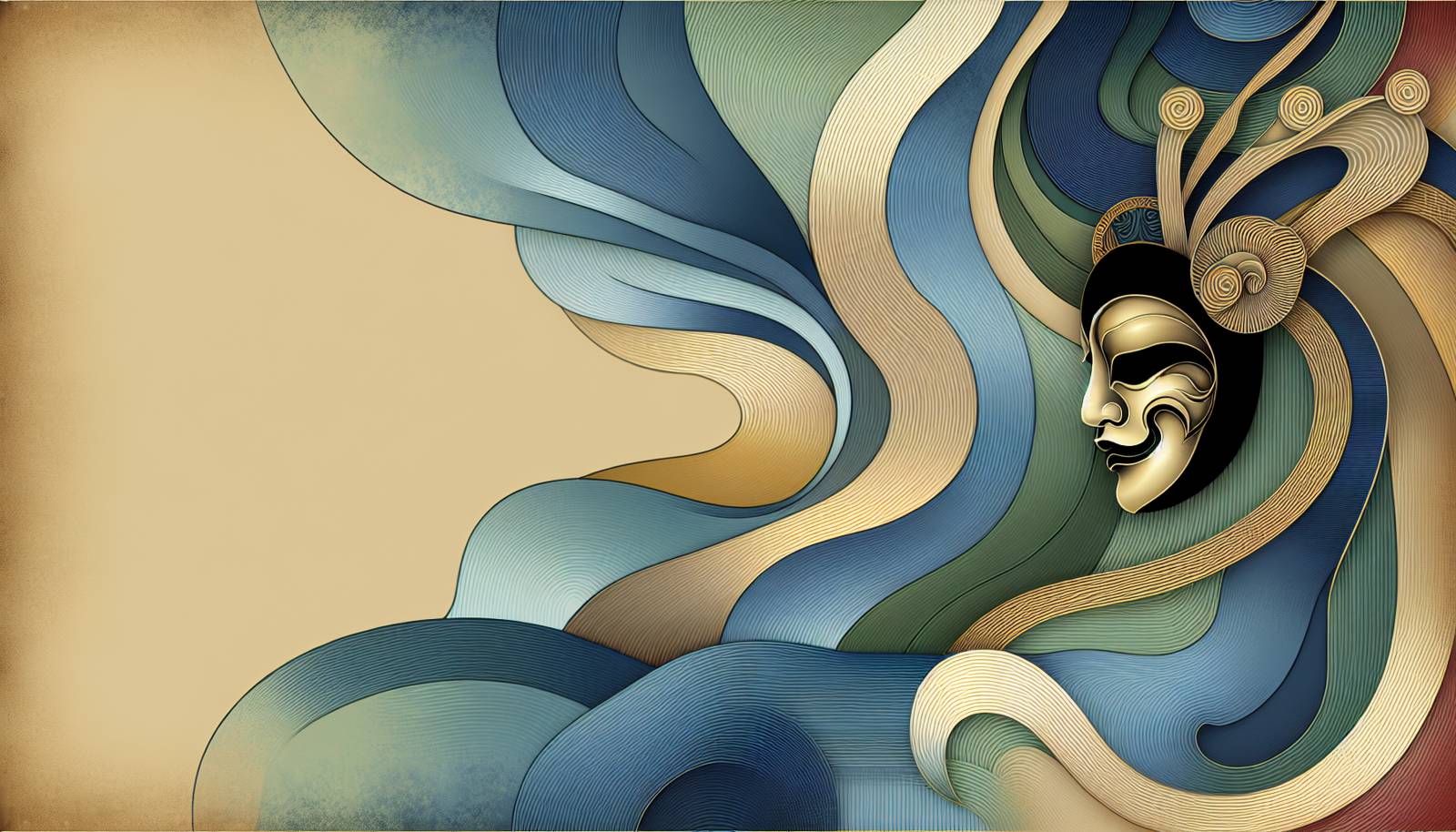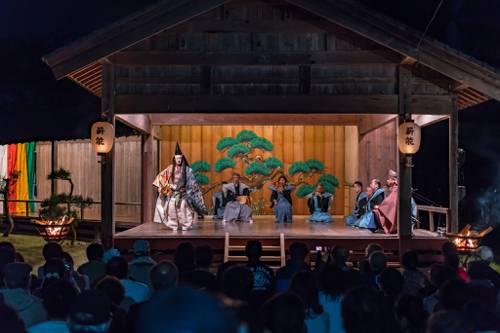
FAQ About The Cultural Impact of Noh Theatre

What is Noh Theatre?
Noh Theatre is a traditional form of Japanese drama that combines music, dance, and acting to convey stories. Originating in the 14th century, it is one of the oldest forms of theatrical arts in Japan. Characterized by its unique use of masks and a minimalist stage setting, Noh typically draws on themes from Japanese literature and folklore.

How did Noh Theatre originate?
Noh Theatre originated in the 14th century and was developed by Kan'ami and his son Zeami. It drew influences from earlier forms of performance art, such as Dengaku and Sarugaku, which were already popular in Japan. With support from shogun Ashikaga Yoshimitsu, Noh became formalized and part of the cultural establishment of Japan.

What are the main elements of Noh Theatre?
The main elements of Noh Theatre include masks, costumes, a minimalist stage, and a unique musical accompaniment involving flutes and drums. The actors' movements are highly stylized and deliberate, and the performances often include chanting.

Why are masks used in Noh Theatre?
Masks in Noh Theatre are used to portray different characters, emotions, and spirits. They allow a single actor to transform and convey complex narratives and emotional depth. The masks are typically made of wood and painted to represent various age groups, genders, and even supernatural beings.

How has Noh Theatre influenced other performing arts?
Noh Theatre has had a profound influence on other Japanese performing arts such as Kabuki and Bunraku. Its emphasis on minimalist aesthetics and disciplined performance has also inspired contemporary theatre artists and directors globally. Elements of Noh can be seen in Western avant-garde theatre and film, especially in the works of directors like Peter Brook and Tadashi Suzuki.

What themes are commonly explored in Noh Theatre?
Noh Theatre often explores themes of dreams, ghosts, spirits, and the passage of time. The plays delve into human emotions and the ephemeral nature of life, frequently reflecting on Buddhist principles of impermanence.

Why is Noh Theatre considered minimalist?
Noh Theatre is considered minimalist due to its simple stage design, limited props, and slow, deliberate movements. This minimalism emphasizes the actors' performance and the symbolic nature of the storytelling, allowing for deeper artistic expression and audience interpretation.

What role does music play in Noh Theatre?
Music is integral to Noh Theatre, providing rhythm and atmosphere to the performances. The music is performed by a small ensemble and includes instruments like the flute, hand drums, and the stick drum called "taiko." The musical style is unique and precise, supporting the actors' movements and enhancing the dramatic effect.

How are Noh Theatre actors trained?
Noh actors undergo rigorous training, often starting from a young age. The training focuses on mastering the precise stylized movements, vocal control for chanting, and understanding the rich cultural traditions behind each performance. Many Noh actors come from families with a long lineage in Noh Theatre, perpetuating these skills through generations.

What is the significance of the chorus in Noh Theatre?
The chorus in Noh Theatre, known as the "jiutai," plays a crucial role by narrating the story and expressing the inner thoughts and emotions of the characters. It consists of about eight to ten singers who sit on the stage and provide a vocal backdrop and commentary throughout the performance.
